Avantier is a custom IR lens manufacturer that serves various industries, including manufacturing, defense, research, and medicine.
They are skilled at providing customized IR lens design and manufacturing solutions, meeting the demands of users for both individual prototypes and large-scale production. They also keep a variety of readily available IR lenses on hand, such as SWIR (short-wave infrared), LWIR (long-wave infrared), MWIR (mid-wave infrared), and near-infrared (NIR) lenses.
Get in touch now
SWIR Lenses, LWIR Lenses, MWIR Lenses, and NIR Lenses
Avantier provides a large assortment of SWIR, LWIR, MWIR, and NIR lenses as one of the top manufacturers of high-performance IR lenses worldwide. These lenses are suited for usage in the infrared range, with applications ranging from industry to medical, scientific research, and defense.
Discover High Precision Optical Assembly: IR Lenses
Video Credit: Avantier Inc.
Types of Infrared Lenses (IR Lenses)
Short Wave Infrared (SWIR) lenses work best with radiation between 800 and 1700nm. These SWIR Lenses are utilized for non-invasive quality control, machine vision, medical diagnostics, and anti-counterfeiting applications. Although SWIR light is undetectable to the human eye, a SWIR camera can capture high-resolution images with the same detail as a typical camera under normal lighting conditions.
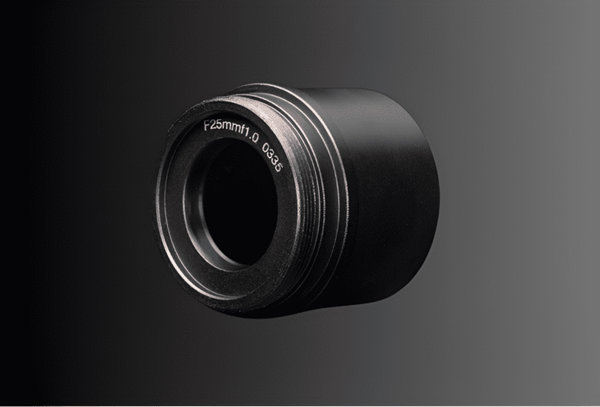
SWIR Lens. Image Credit: Avantier Inc.
Long Wave Infrared LWIR lenses function effectively in the long wave infrared wavelength range of 8000–12000 nm. An LWIR lens is a critical component of LWIR thermal imaging and surveillance systems, which are utilized in both industry and medicine.
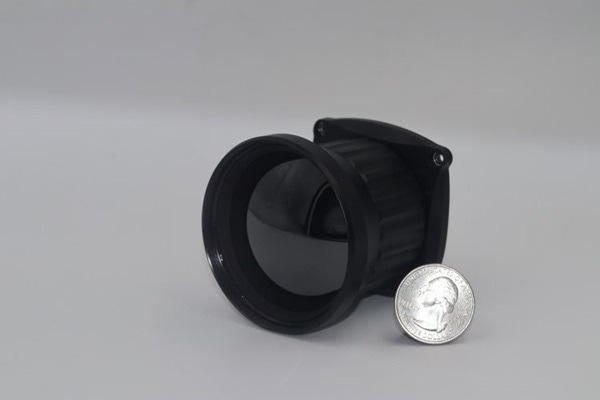
LWIR Lens. Image Credit: Avantier Inc.
Near-infrared (NIR) lenses are suited for use in the 900 nm to 1700 nm range. They can focus and expand NIR lasers and fiber optics. NIR spectroscopy and imaging are also important in various medical diagnostic approaches since NIR Lenses can measure hemoglobin levels and oxygenation in the brain or other tissue.
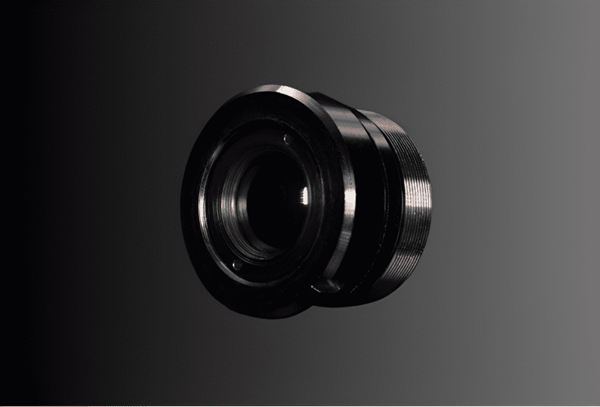
NIR Lens. Image Credit: Avantier Inc.
Get in touch now
Substrates of IR Optics
IR Grade Fused Silica is a very transparent and flexible substance comprised mostly of silicon dioxide (SiO2), with a lower concentration of OH– ions than other grades of silicon. With a refractive index of 1.46, it provides excellent transmission between 0.14μm and 4.5μm.
IR-grade fused silica has a low coefficient of thermal expansion and a strong resilience to thermal shock, allowing it to endure fast temperature changes without fracturing or significantly changing its optical characteristics.
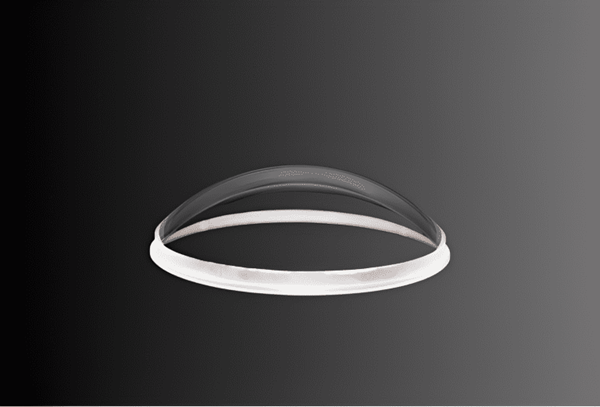
IR Grade Fused Silica. Image Credit: Avantier Inc.
Chalcogenide is an amorphous glass that is easier to deal with than traditional IR crystalline materials. It is increasingly becoming the preferred IR material for optical experts and lens designers. Chalcogenide glass is an excellent choice for both high-performance infrared imaging systems and large-scale commercial applications.
There are other chemical composition options for ChG, but BD6, which contains arsenic and selenium (As 40 Se 60), is the most cost-effective and easiest to manufacture.
In some applications, chalcogenide infrared glass materials and lenses provide a cost-effective alternative to expensive and commodity-price-driven materials like Ge, ZnSe, and ZnS2. Chalcogenide glasses transmit largely in the MWIR and LWIR wavelengths, making them ideal for thermal imaging applications.
Sapphire, a crystalline form of aluminum oxide (Al2O3), is commonly used in infrared optics. It has outstanding transmission capabilities in both the near-infrared (NIR) and mid-infrared (MIR) bands from 0.14μ to 6μm, with a refractive index of 1.768. It also enables the precise production of high-quality lenses, windows, and prisms, resulting in well-defined optical surfaces for accurate infrared imaging and focusing.
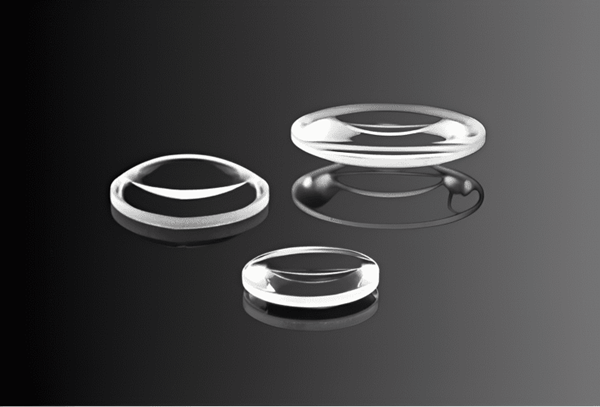
Sapphire. Image Credit: Avantier Inc.
CaF2 optics material has exceptional transparency from 0.13μm to 12μm and a refractive index of 1.434. Its transmission efficiency is normally around 90% for wavelengths in the MIR and FIR regions. CaF2 has excellent thermal stability, allowing it to keep its optical characteristics across a wide temperature range.
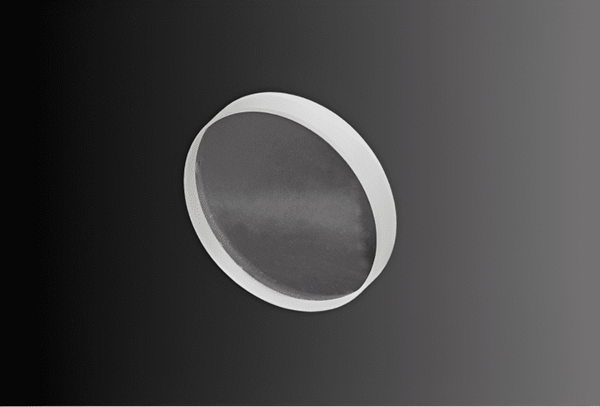
Calcium Fluoride CaF2. Image Credit: Avantier Inc.
Chemical Vapor Deposition Zinc Sulfide CVD ZnS is a low-cost option for infrared windows, domes, and optical components, providing a single crystal-like transmittance from 1μm to 13μm with a refractive index of 2.371.
CVD ZnS is soft when compared to other infrared materials like germanium or sapphire. Due to its softness, it is more prone to scratches or damage, necessitating careful handling and appropriate protective coatings to improve mechanical durability.
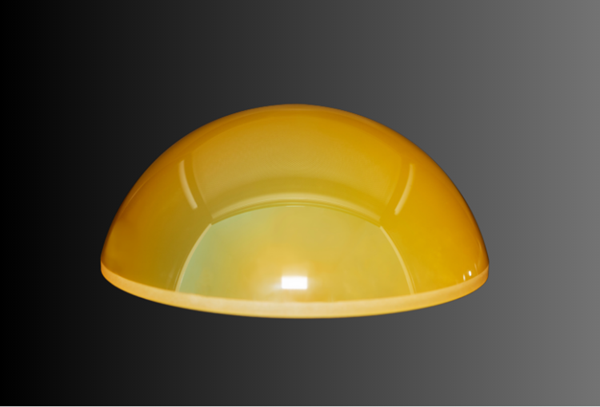
Chemical Vapor Deposition. Image Credit: Avantier Inc.
Chemical Vapor Deposition Zinc Selenide CVD ZnSe is an optical material that can transmit in a wide wavelength band from 0.2μm to 20μm and has a refractive index of 2.631. Similar to CVD ZnS, it has a moderately soft mechanical property and strong thermal stability, allowing it to preserve its optical characteristics across a wide temperature range.
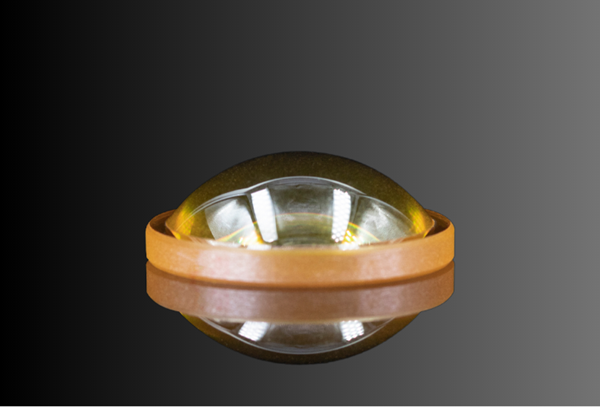
Chemical Vapor Deposition Zinc Selenide CVD ZnSe. Image Credit: Avantier Inc.
Multispectral Zinc Sulfide (M-ZnS) is a specifically developed zinc sulfide material with excellent transmission qualities from 0.25 μm to 13 μm with a refractive index of 2.368. It is a suitable material for high-performance common aperture systems that must function successfully over a wide range of wavelengths.
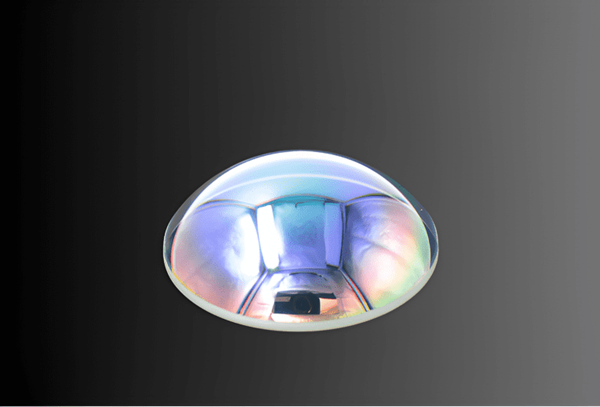
Multispectral Zinc Sulfide M-ZnS. Image Credit: Avantier Inc.
Germanium Ge is a good choice for optical lenses, windows, and prisms, as it performs well even without infrared anti-reflection coatings. It has a transmission range of 1.8–13µm and a refractive index of 4.005@10 μm, allowing for effective transit of infrared light. Germanium's high Knoop Hardness (780) makes it ideal for applications that need endurance. However, it is vital to remember that its application is restricted to temperatures below 100 °C.
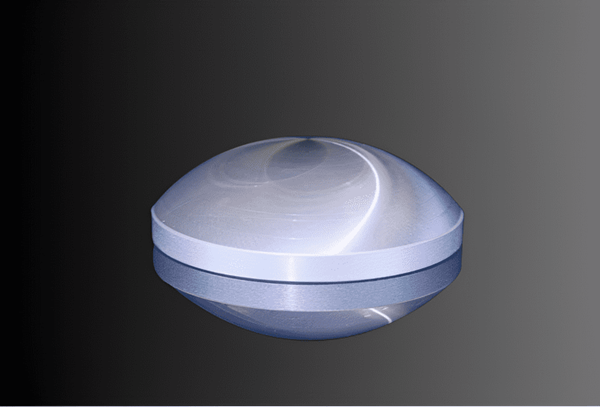
Germanium Ge. Image Credit: Avantier Inc.
Silicon Si is an optical material that is widely used and has many beneficial properties. Some of these properties include high transmission from 1.1 μm to 9 μm, a refractive index of 3.426@5um, excellent thermal stability, which makes it suitable for high temperature applications, and mechanical robustness and scratch resistance, which makes it suitable for optical components that need to last a long time.
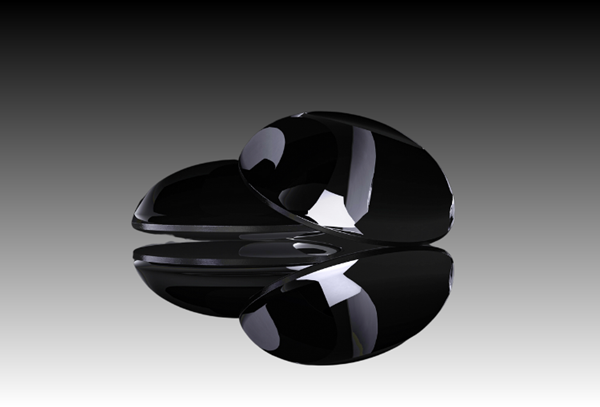
Silicon Si. Image Credit: Avantier Inc.
Due to its beneficial features, barium fluoride (BaF2) is frequently used in infrared (IR) spectroscopy. Its low refractive index of roughly 1.48, excellent transmission properties over a broad range of infrared wavelengths, and Knoop hardness of 82 all help to minimize light dispersion and enable accurate measurement and analysis of IR spectra. BaF2 is resistant to thermal shock and should be utilized in a dry environment. It can be stable at temperatures as high as 800 °C.
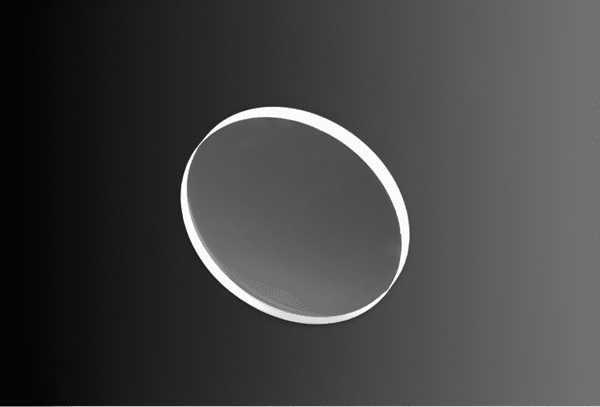
Barium fluoride BaF2. Image Credit: Avantier Inc.
Magnesium Fluoride (MgF2) exhibits superior transmission characteristics across a broad spectrum range (from 0.12 μm to 7 μm), is more resilient than Zinc Sulfur Dioxide (ZnSe), and has the lowest refractive index (1.413) of all the materials that are used. The solid, durable quality of MgF2 and its resistance to chemical etching and laser damage can be attributed to its density of 3.11 g/cm3 and Knoop hardness of 415.
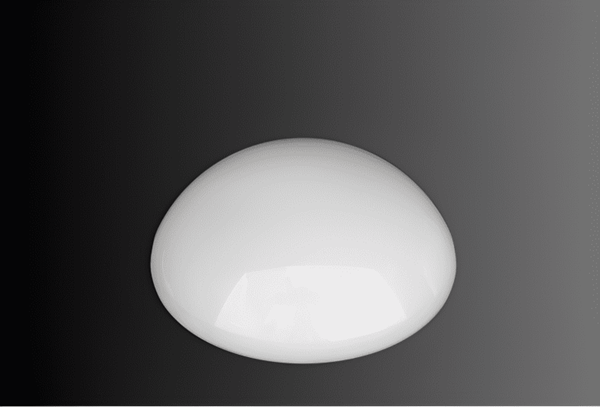
Magnesium Flouride MgF2. Image Credit: Avantier Inc.
IR Lenses for Applications
Both continuous zoom and fixed focal length lenses are available from Avantier. Each lens that leaves the factory is expertly made and complies with MIL and ISO specifications. Avantier is delighted to collaborate with users to design a customized lens or optic with the required focal length that works as intended. Cost-effective manufacturing allows manufacturing custom orders at extremely low prices while maintaining high quality.
Get in touch now